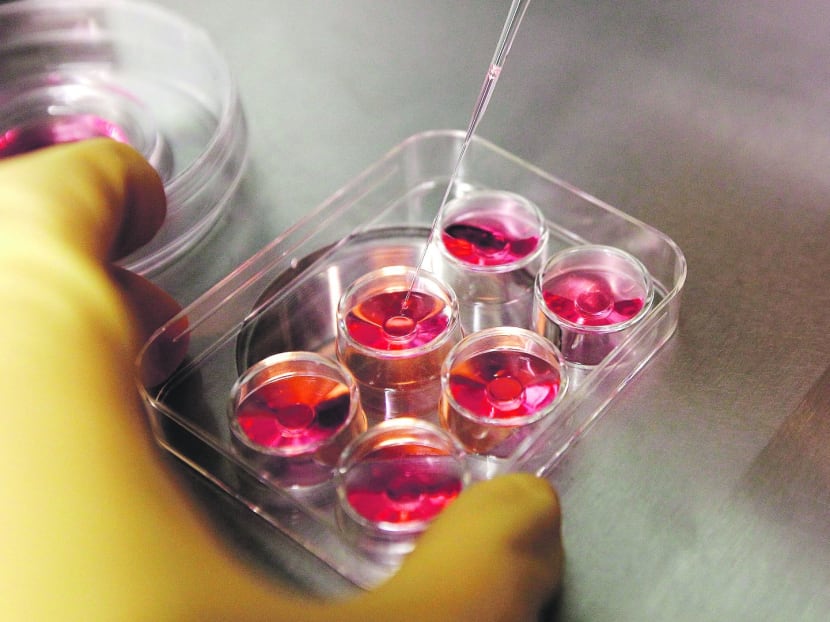Nanotechnology may provide more effective cancer treatment
SINGAPORE — A study led by National University of Singapore researchers on cancer treatment has yielded promising results that could mean a more effective way of treating the disease via nanotechnology, with fewer side effects.
SINGAPORE — A study led by National University of Singapore researchers on cancer treatment has yielded promising results that could mean a more effective way of treating the disease via nanotechnology, with fewer side effects.
Still in its early stages, with clinical trials on people two years away, the study’s findings show that when the widely-used but toxic chemotherapy drug Epirubicin is attached to nanodiamonds, chemo-resistant cancer cells are less able to pump the drug out of the cell, allowing a reservoir of the medication to form and kill more cells. This results in a smaller chance of tumours forming again following standard chemotherapy.
In addition, the new drug-delivery system is also designed to be PH-resistant, such that the drug is released significantly only in an acidic environment, such as in cancer cells and not while it is flowing through the bloodstream.
This minimises side effects, making it a potential alternative for patients who cannot tolerate standard chemotherapy drugs.
The study is led by National University of Singapore Assistant Professor Edward Chow, who is junior principal investigator at the Cancer Science Institute Singapore. It is conducted in collaboration with Professor Dean Ho of the University of California Los Angeles.
The findings were first published online in ACS Nano, the official journal of The American Chemical Society, in December last year.
Asst Prof Chow explained: “This method has proven to be safer than chemotherapy because, in nanodiamond-Epirubicin form, more (of the drug) gets to the cancer cell and, once it enters the cell, it does not immediately kill the cell but, rather, provides a reservoir of drug that eventually kills the cancer cell.”
He added: “Lab tests show that the use of nanodiamond-Epirubicin has no side effects so far ... it is removed through excretion.”
Although researchers initially looked at tackling liver cancer, the drug-delivery system can be used to treat a range of difficult cancers, particularly those driven by chemo-resistant cancer stem cells.
Nanodiamonds are about five nanometres in diameter — one nanometer is one billionth of a metre — and are shaped like footballs. This prevents them from combining into larger structures that may be harmful and toxic, which is a major concern of introducing nanomaterials into the body.
Asst Prof Chow said: “Every test that we’ve run shows that it’s very safe ... But a lot of work still has to be done and we’re still in the stage of demonstrating a certain level of safety to test it on humans … We hope to roll it out in clinical trials in two years.”
CORRECTION: An earlier version of this reported stated that the study was done in collaboration with Professor Li Jianzhong of Peking University. The National University of Singapore has clarified that he will only be part of the next phase of the study. Also, nanodiamond-Epirubicin is removed from the body through excretion, not defaecation.







